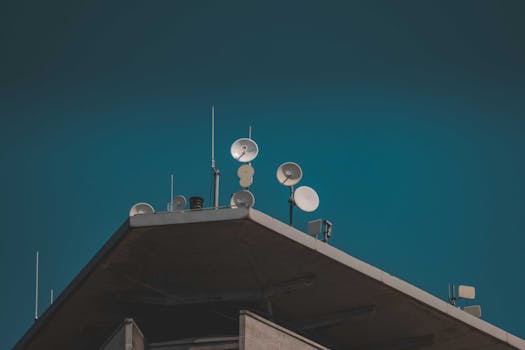
Introduction to LEO Satellites
LEO satellites, or Low Earth Orbit satellites, are a type of satellite that orbits the Earth at an altitude of around 160 to 2,000 kilometers. This is much lower than traditional geostationary satellites, which orbit at an altitude of around 36,000 kilometers. The lower altitude of LEO satellites allows for a number of advantages, including lower latency, higher bandwidth, and improved connectivity. The focus keyword LEO satellites is becoming increasingly important in the discussion of global connectivity and satellite technology.
One of the main benefits of LEO satellites is their ability to provide high-speed, low-latency connections. Because they are closer to the Earth, signals have to travel a shorter distance, resulting in faster data transfer rates and lower latency. This makes LEO satellites ideal for applications that require real-time communication, such as video conferencing, online gaming, and remote healthcare.
Applications of LEO Satellites
LEO satellites have a wide range of applications, from providing internet connectivity to remote and underserved communities, to enabling IoT (Internet of Things) devices, to supporting emergency response and disaster relief efforts. They can also be used for Earth observation, allowing for the monitoring of climate change, deforestation, and other environmental issues.
In addition to their practical applications, LEO satellites are also being used for scientific research. They can be used to study the Earth’s atmosphere, oceans, and land surfaces, providing valuable insights into the workings of our planet. LEO satellites can also be used to test new technologies and conduct experiments in space, such as the development of new propulsion systems and materials.
Challenges and Future Developments
Despite the many advantages of LEO satellites, there are also a number of challenges that must be addressed. One of the main challenges is the high cost of launching and operating LEO satellites. This is due to the need for multiple satellites to be launched in order to provide global coverage, as well as the high cost of maintaining and upgrading the satellite constellation.
Another challenge facing the development of LEO satellites is the issue of space debris. As the number of satellites in orbit increases, so does the risk of collisions and the creation of space debris. This can pose a significant threat to the safety of satellites and other spacecraft, and must be addressed through the development of sustainable and responsible satellite operations.
Conclusion
In conclusion, LEO satellites are revolutionizing global connectivity and transforming the way we communicate and access information. With their ability to provide high-speed, low-latency connections, LEO satellites are ideal for a wide range of applications, from providing internet connectivity to remote and underserved communities, to supporting emergency response and disaster relief efforts.
See more:





